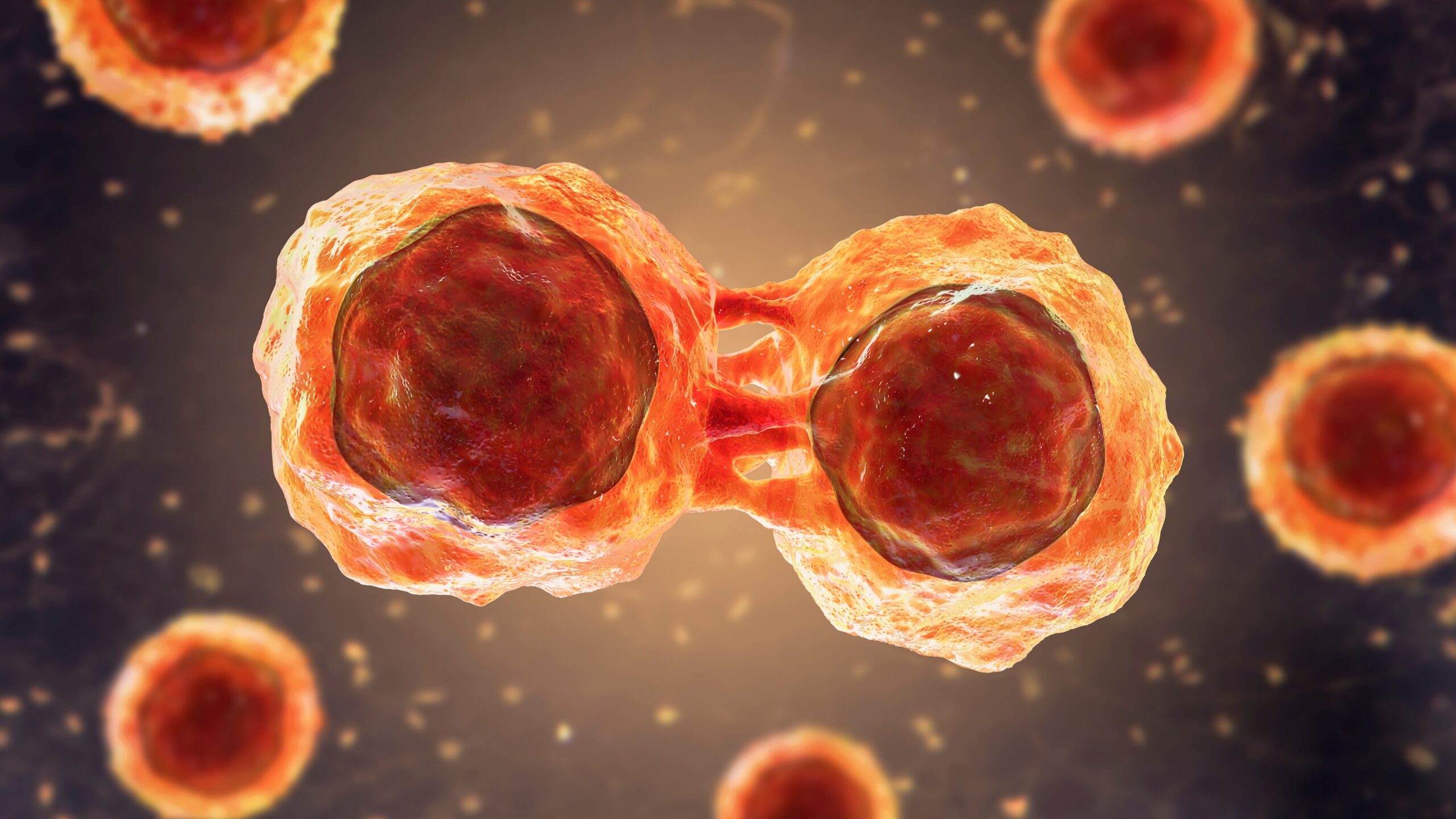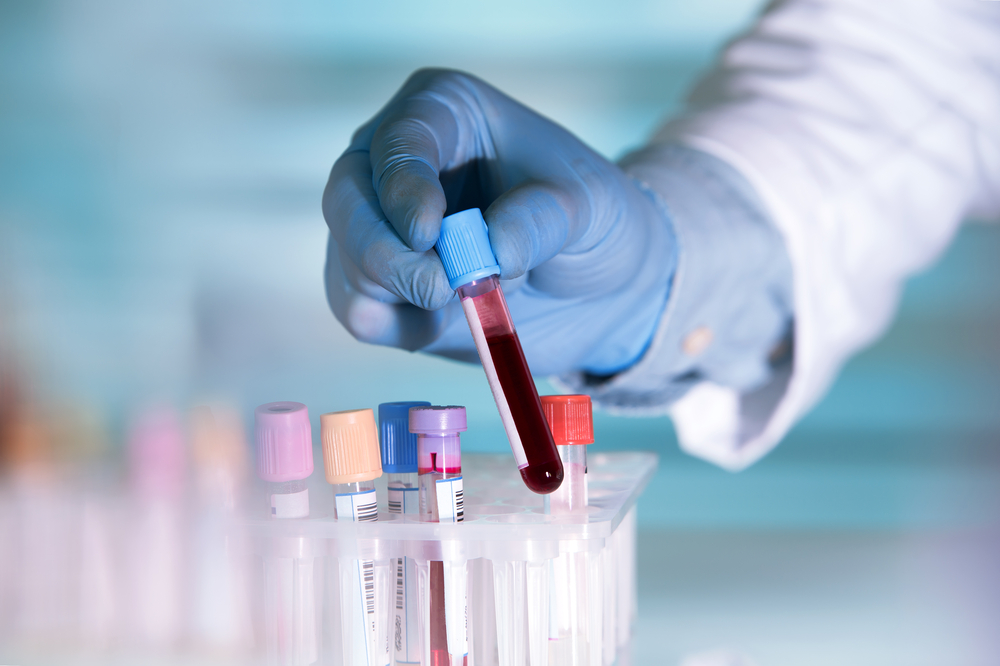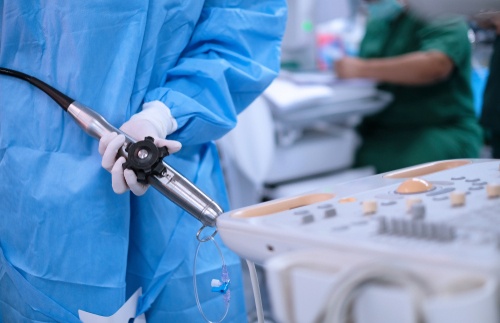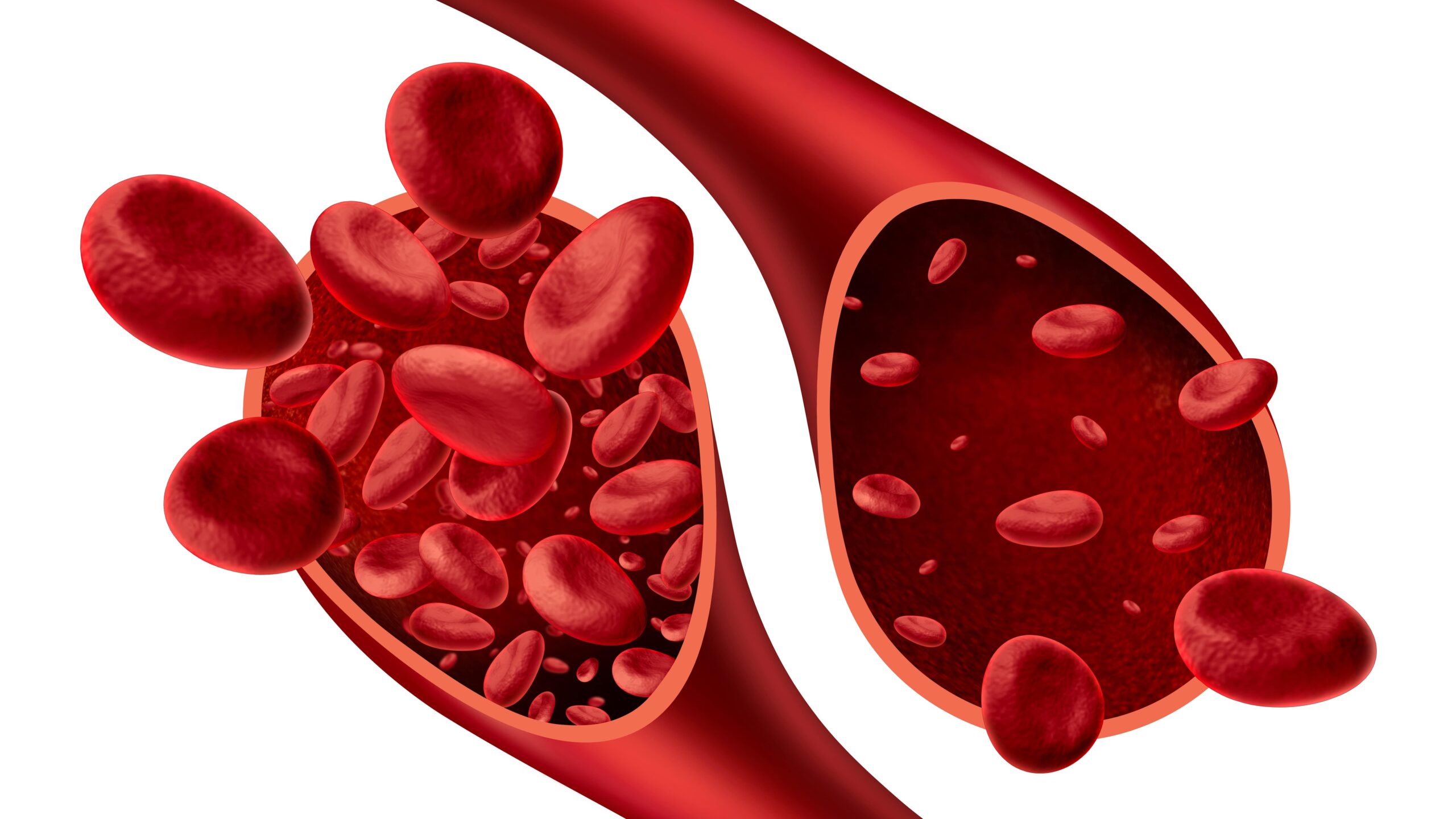
Hematopoietic stem cell transplantation (HSCT) with a matched unrelated or haploidentical donor appeared to be an effective option in patients with severe aplastic anemia without a fully matched sibling donor, according to a meta-analysis of HSCT outcomes.
While the alternative donors were promising options, “the incidence of [graft-versus-host disease (GVHD)] and infectious complications is still significant, and future prospective trials are needed for optimal conditioning regimens, graft source, and GVHD prophylaxis,” stated investigators led by Moazzam Shahzad, MD, at Moffitt Cancer Center in Tampa, Florida.
Data from the study were presented at the 2024 Tandem Meetings of the American Society for Transplantation and Cellular Therapy® and the Center for International Blood and Marrow Transplant Research® by Ahmad Basharat, MD, at the Marshfield Clinic Health System in Wisconsin.
The analysis included 843 total adult patients with aplastic anemia from 13 studies with a median follow-up of 19.7 months (range, 14.8-21.1). The pooled cohort had a median age of 29 years (range, 2-69) and was 57% male. More patients received HSCT from haploidentical donors (87%; n=733) versus matched unrelated donors (13%; n=110). The most common primary graft source was a combination of peripheral blood and bone marrow in 84% (n=706), followed by peripheral blood in 13% (n=108), and bone marrow in 13% (n=28).
Prophylaxis for GVHD was cyclosporine, mycophenolate mofetil, and methotrexate in 60% of patients (n=503); tacrolimus, methotrexate, and anti-thymocyte globulin in 18% (n=153); and cyclosporine, tacrolimus, and mycophenolate mofetil in 9% (n=75).
At a median follow-up of three years, the pooled overall survival rate in all patients was 83.6% (95% CI, 0.78-0.89; I2=71%; P<.01). The pooled incidences of acute GVHD per grade were as follows:
- Grade 1-2, 12.2% (95% CI, 0.10-0.30; I2=0%; P=.91; n=24)
- Grade 2-4, 32.2% (95% CI, 0.27-0.38; I2=44%; P=.10; n=577)
- Grade 3-4, 11.8% (95% CI, 0.08-0.16; I2=45%; P=.11; n=577)
- Grade 1-4, 38.4% (95% CI, 0.31-0.46; I2=78%; P<.01; n=843)
Additionally, the pooled incidence of chronic GVHD and infectious complications were as follows:
- Chronic GVHD, 34.1% (95% CI, 0.26-0.43; I2=82%; P<.01; n=835),
- Cytomegalovirus viremia, 49% (216 out of 439)
- Epstein-Barr virus viremia, 18% (46 out of 260)
- Hemorrhagic cystitis, 9% (33 out of 370)
- Posttransplant lymphoproliferative disorder, 2% (6 out of 360)
Transplant-related mortality occurred in 15% of patients (77 out of 512), most commonly due to infections (36%), GVHD (17%), graft failure (9%), or other cause (38%).
Ultimately, the study’s authors considered HSCT from a matched unrelated or haploidentical donor to be a “promising alternative option” in patients with severe aplastic anemia without a matched sibling donor, with more work to be done in optimizing additional transplantation components.
Reference
Shahzad M, Basharat A, Khalid MF, et al. Abstract #194. Outcomes of matched unrelated and haploidentical hematopoietic stem cell transplantation in aplastic anemia: a systematic review and meta-analysis. Presented at the 2024 Tandem Transplantation & Cellular Therapy Meetings of ASTCT® and CIBMTR®; February 21-24, 2024; San Antonio, Texas.







 © 2025 Mashup Media, LLC, a Formedics Property. All Rights Reserved.
© 2025 Mashup Media, LLC, a Formedics Property. All Rights Reserved.